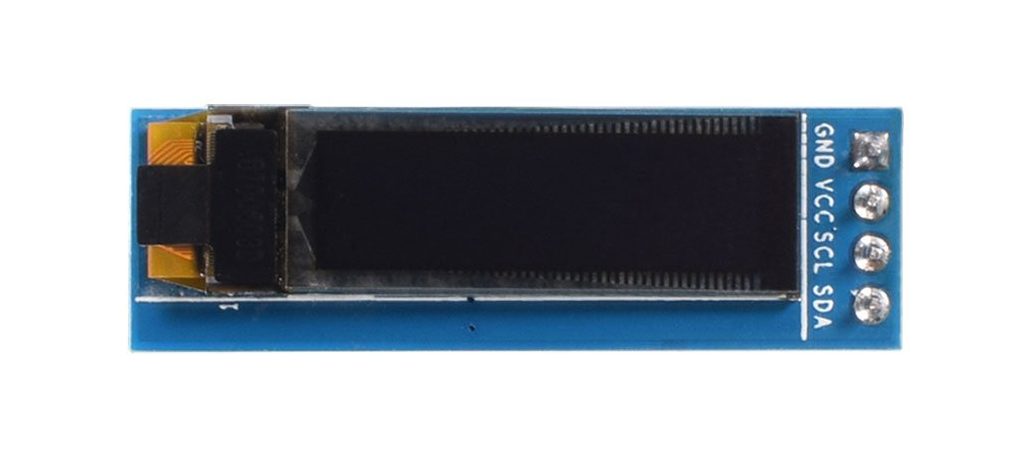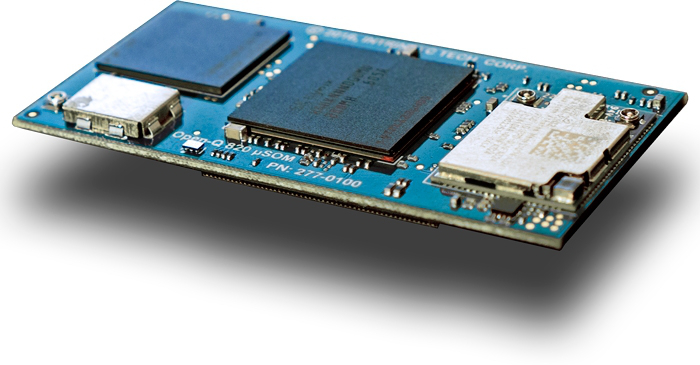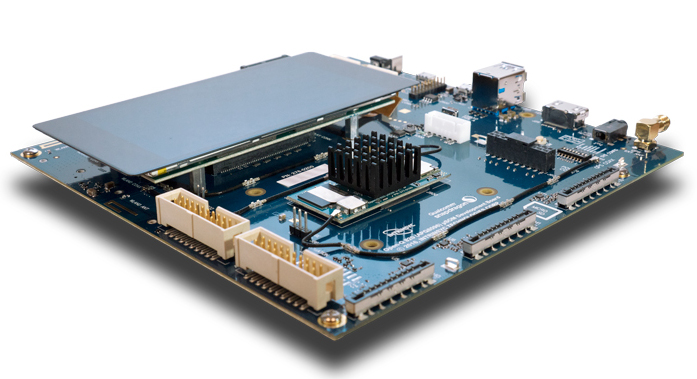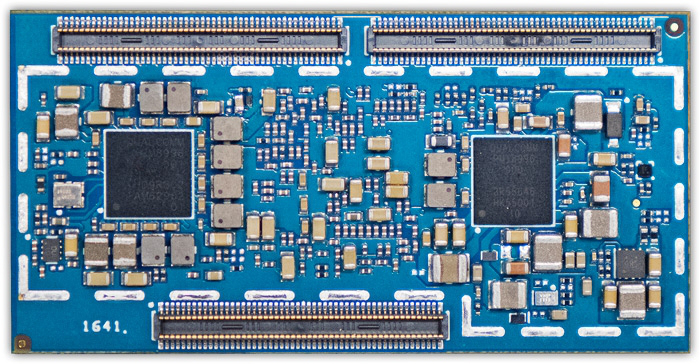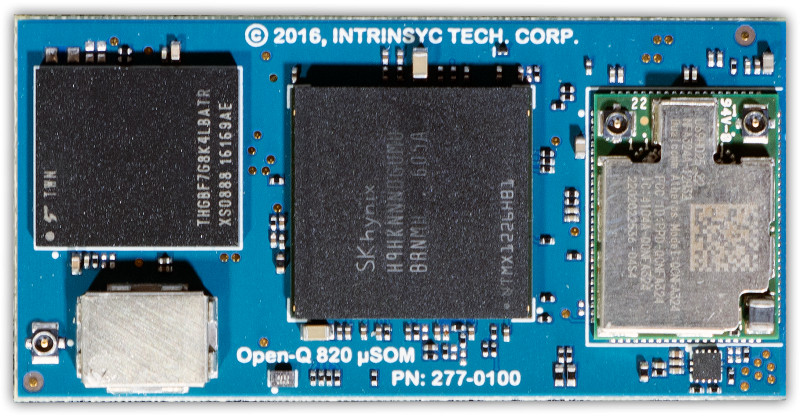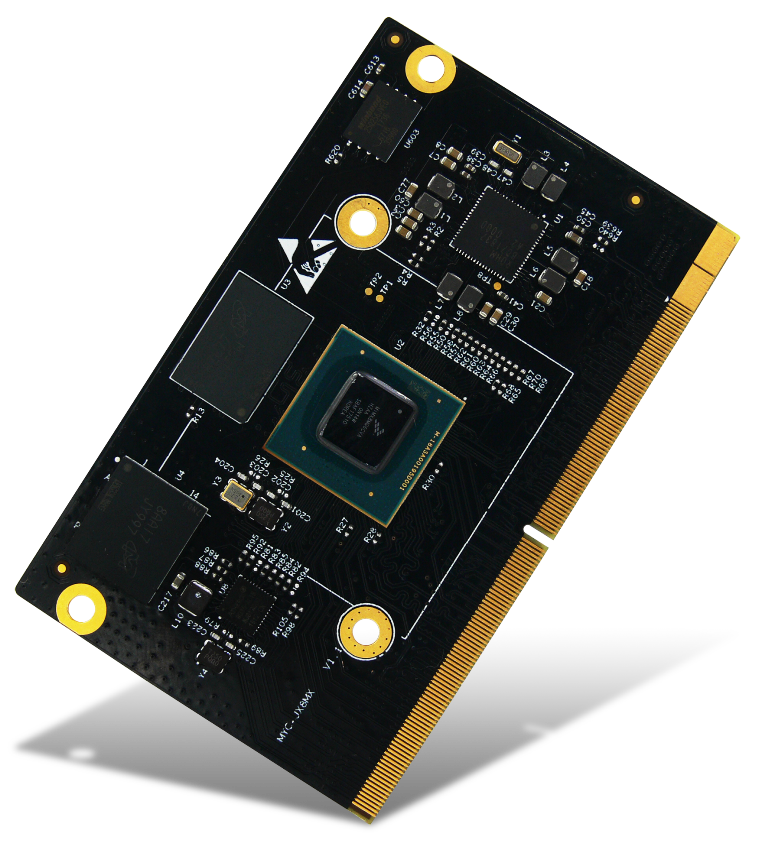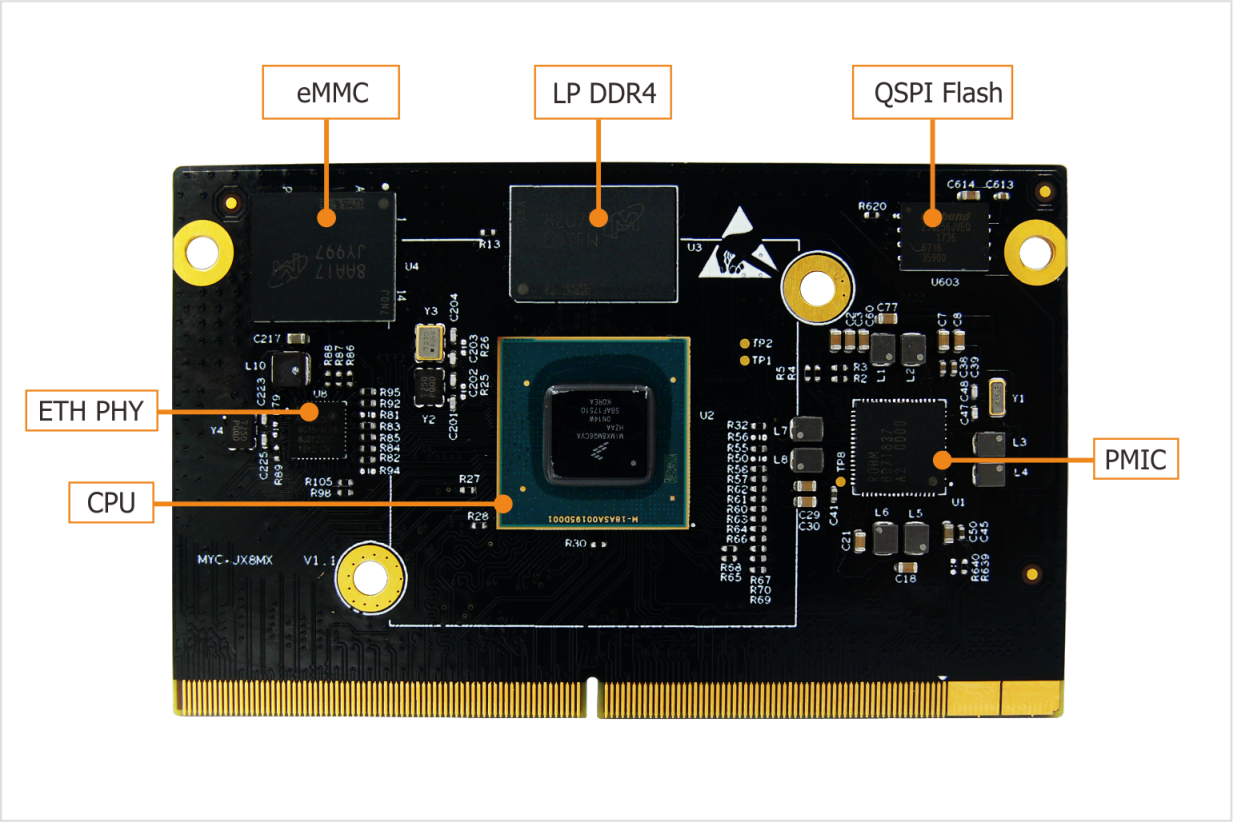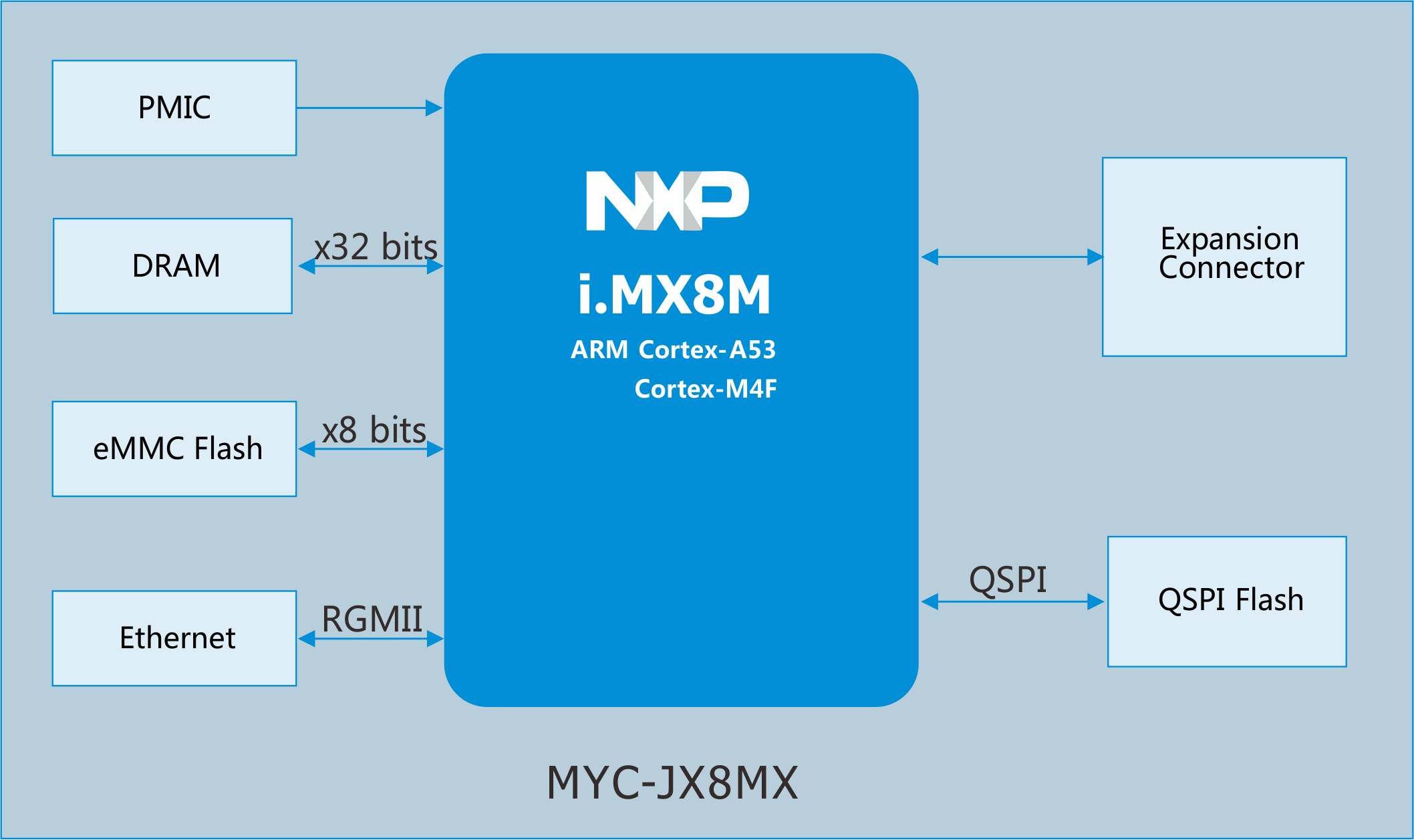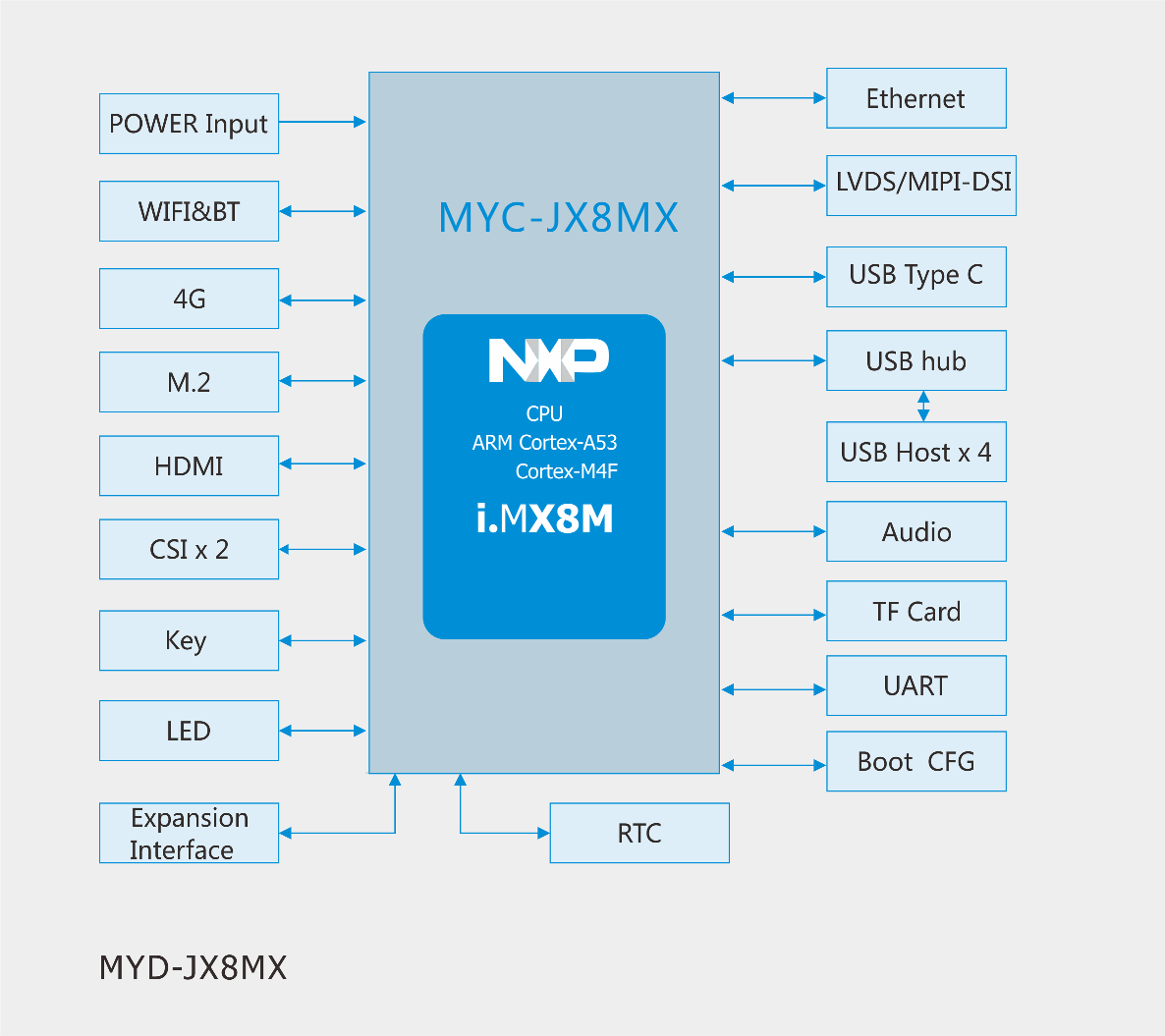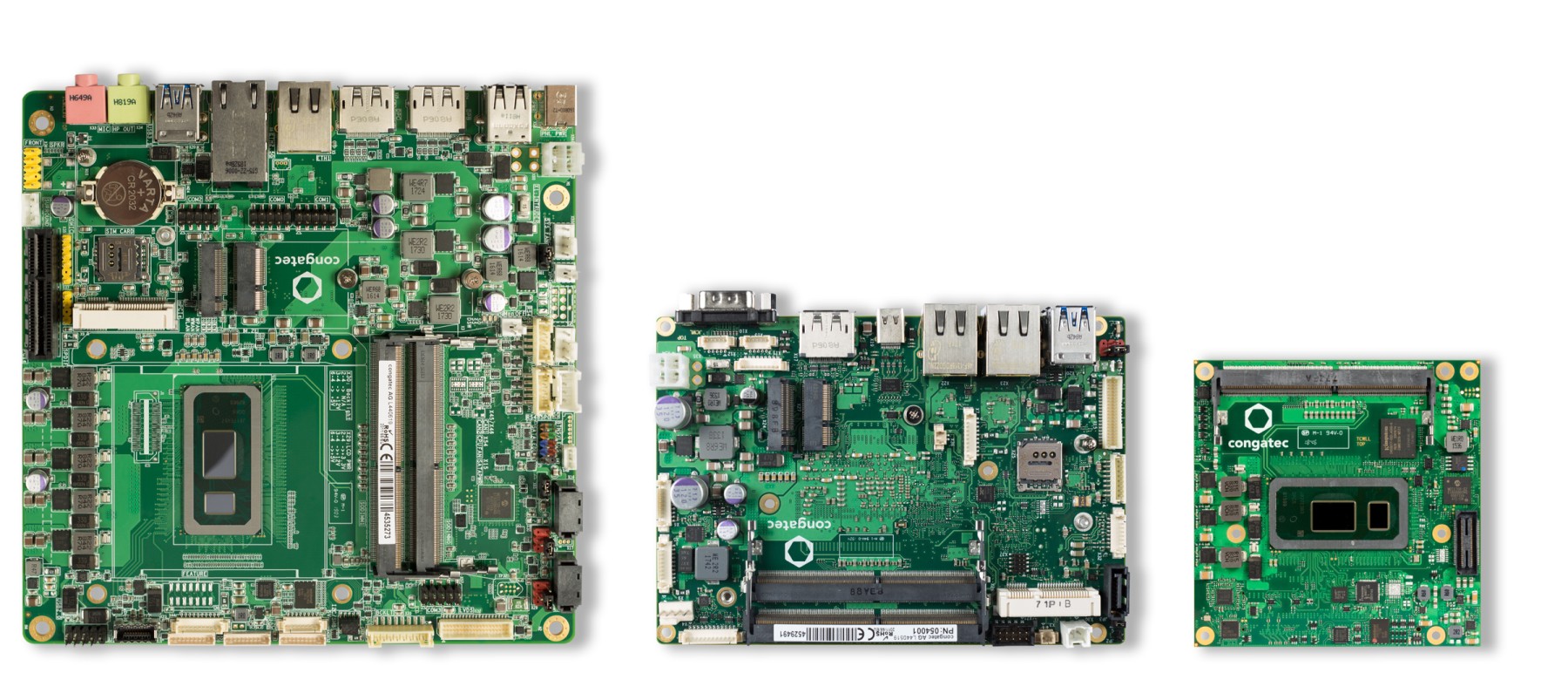
Up to 58% performance boost with extended availability
Congatec, a leading vendor of standardized and customized embedded computer boards and modules, announced today that the brand new embedded versions of the 8th Generation Intel® Core™ Mobile processors (codenamed Whiskey Lake) are now available on COM Express Type 6 Compact modules, 3.5 inch SBCs, and Thin Mini-ITX motherboards. OEM customers benefit from an instant performance boost of up to 58%¹ compared to previous embedded U-Series processors – enabled by 4 instead of 2 cores plus an overall improved microarchitecture. Thanks to features such as optional Intel® Optane™ memory 2 or USB 3.1 Gen2, everyday tasks are even more responsive. The processor cores allow efficient task scheduling and furthermore support the use of the RTS hypervisor software to allow additional optimization of I/O throughput from the input channels to the processor cores.
The new Congatec boards run Linux, Windows 10, or Win 10 IoT Enterprise on the following processors:
- Core i5-8365UE (4x cores @ 1.6GHz, 6MB cache, 15W)
- Core i7-8665UE (4x cores @ 1.7GHz, 8MB cache, 15W)
- Core i3-8145UE (2x cores @ 2.2GHz, 4MB cache, 15W)
- Celeron 4305UE (2x cores @ 2.0GHz, 2MB cache, 15W)
Designed for harsh and space-constrained environments, the new high-end Intel® Core™ i7, Core™ i5, Core™ i3 and Celeron® embedded processor boards and modules are the first in the industry to offer long-term availability of 10+ years. This brand new embedded x86 design principle premiers at congatec and within the entire embedded board vendor space² with the launch of the new 8th Generation Intel® Core™ Mobile processor boards. Addressing in particular the increased life cycle needs of the transportation and mobility sector, these new boards and modules are also a perfect fit for all other embedded applications – such as medical equipment and industrial controls, embedded edge clients and HMIs – as they enable extended life cycles without additional costs for customers.
“One of our main goals is to simplify the use of embedded computer technology as much as possible for our OEM customers. That’s why we offer our brand new 8th Gen Intel® Core™ Mobile processor based embedded boards and modules now with 10+ and on basis of specific last time buy contract up to 15 years long-term availability right from the start, as 7 years are often insufficient for many high-end embedded computing sectors. Our extended life cycle – which, by the way, comes without additional costs – thus helps OEMs to extend their own product life cycles for an even better ROI,” explains Christian Eder, Director of Marketing at congatec.
In the past, many high-end embedded applications tended towards life cycles shorter than 7 years, as they often required a new performance boost from next generation processors before then. But with increased certification demands in several new embedded application areas such as mobile vehicles, OEMs are similarly keen on longer life cycles today. Extending the life cycles of standard embedded x86 platforms to 10 or even 15 years off the shelf is consequently a major bonus for customers across the entire embedded computing market.
“We are very happy to get our hands on embedded versions of this brand new Intel architecture with 10+ year long-term availability. Longer life cycles are a key requirement in many mobile applications we target in rugged environments, where high speed data streams need to be acquired and logged for 3D object recognition, lidar imaging, and mobile mapping. The same requirement that our end customers expect from our data recorders used for wireless network monitoring and automotive test systems or data loggers for test vehicles which store and analyze high speed data streams from external sensors on solid state drives or hard drives,” explains Thomas Hagios, CEO of MCTX Mobile & Embedded Computers GmbH.
The feature set in detail
The new conga-TC370 COM Express Type 6 modules, the conga-JC370 embedded 3.5 inch SBCs, and the conga-IC370 Thin Mini-ITX motherboards all feature the latest Intel® Core™ i7, Core™ i5, Core™ i3 and Celeron embedded processors with a long-term availability of 15 years. The memory is designed to match the demands of consolidating multi OS applications on a single platform: Two DDR4 SODIMM sockets with up to 2400 MT/s are available for a total of up to 64GB. For the first time, USB 3.1 Gen2 with transfer rates of 10 Gbps is now supported natively, which makes it possible to transfer even uncompressed UHD video from a USB camera or any other vision sensor. The new 3.5 inch SBCs provide this performance via a USB-C connector that also supports 1x DisplayPort++ and power supply for peripheral devices, thereby enabling monitor connection with a single cable for video, touch and power. The COM Express modules support the same feature set on carrier boards. Further interfaces depend on the form factor, but all support a total of 3 independent 60Hz UHD displays with up to 4096×2304 pixels as well as 1x Gigabit Ethernet (1x with TSN support). The new boards and modules offer all this and many more interfaces with an economical 15W TDP that is scalable from 10W (800 MHz) to 25W (up to 4.6 GHz in Turbo Boost mode).
The Conga-TC370, Conga-JC370, and Conga-IC370 are available now, with pricing undisclosed.
more information: www.congatec.com

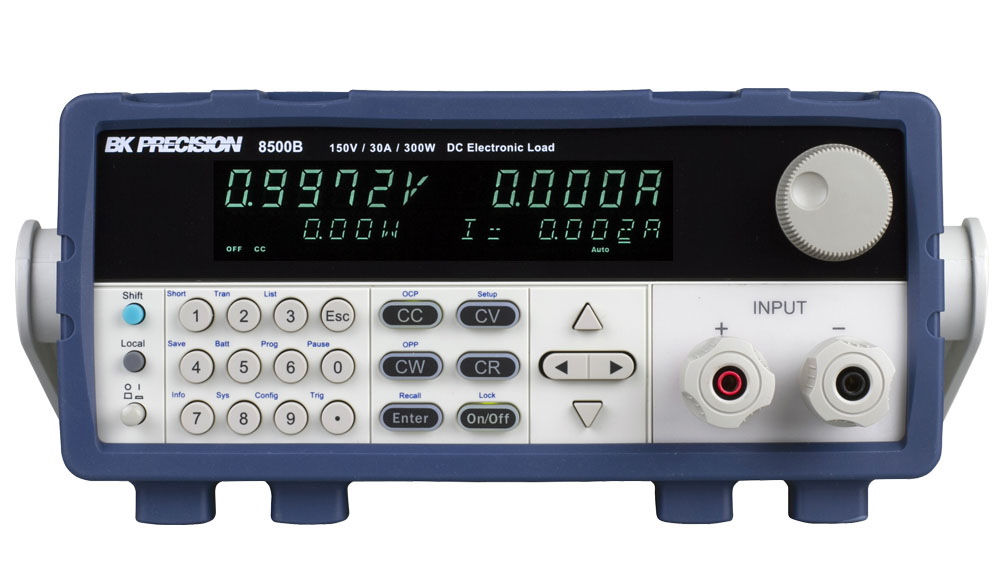
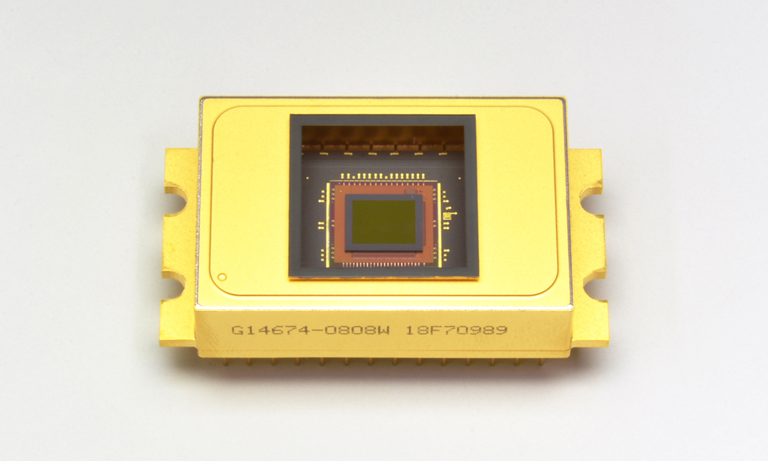
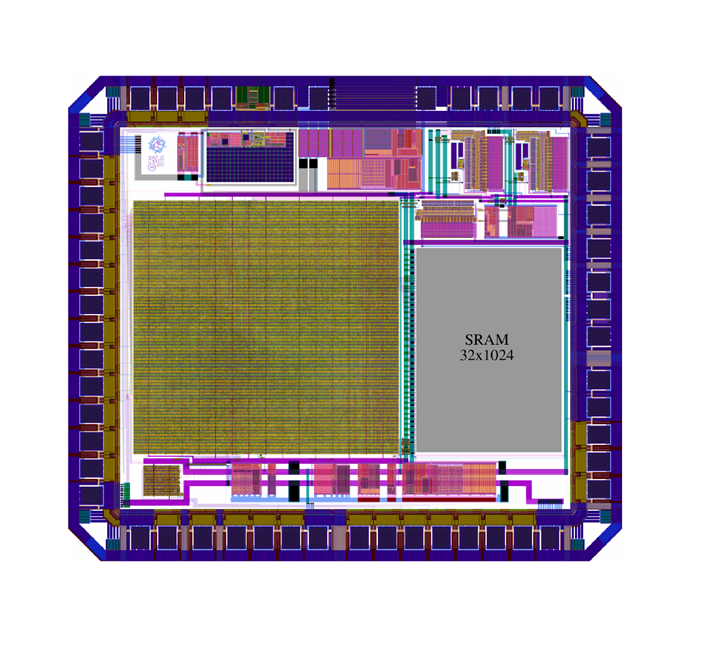
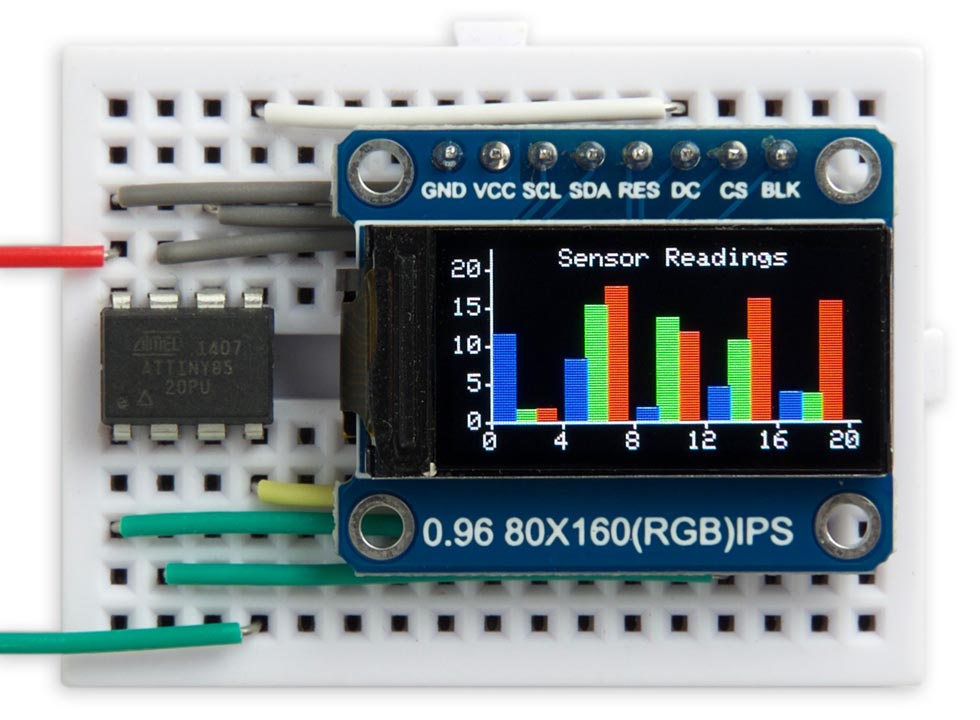

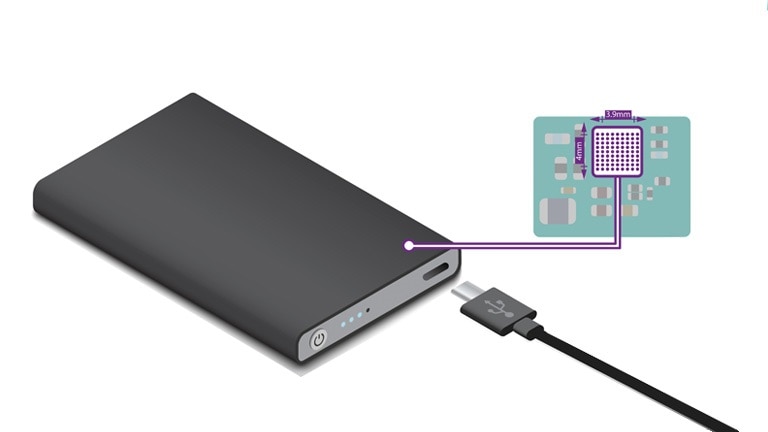
![Low Dropout (LDO) Linear Regulators Selection Guide from Analog Devices [PDF]](https://www.electronics-lab.com/wp-content/uploads/2019/06/Analog_Devices.jpg)
